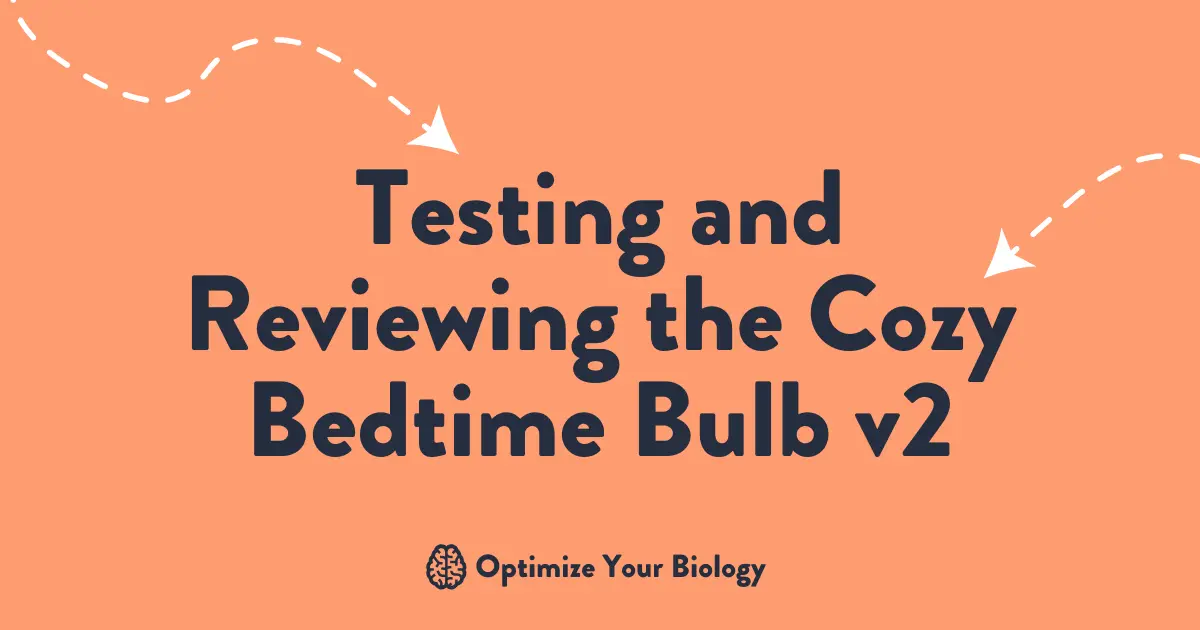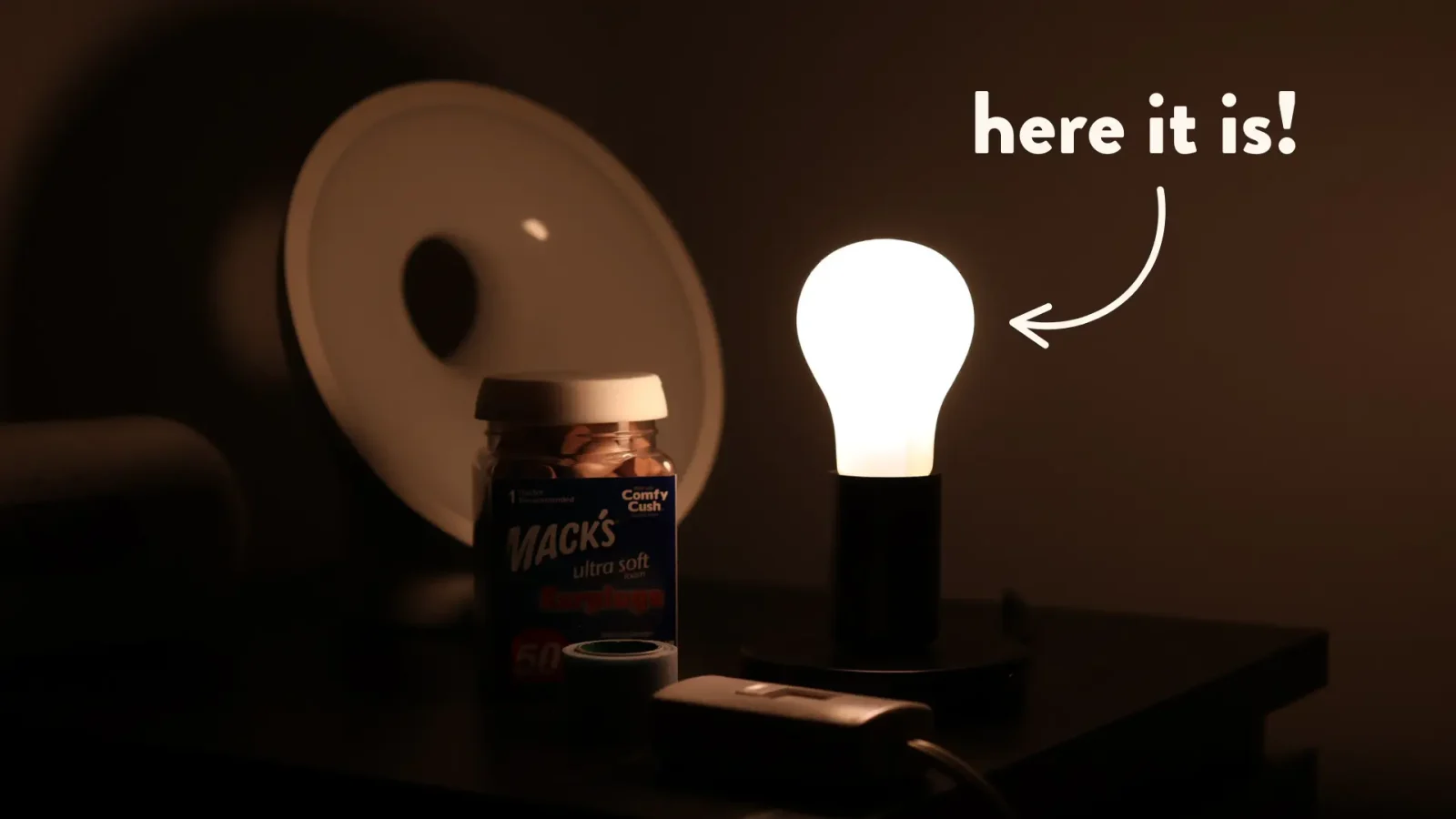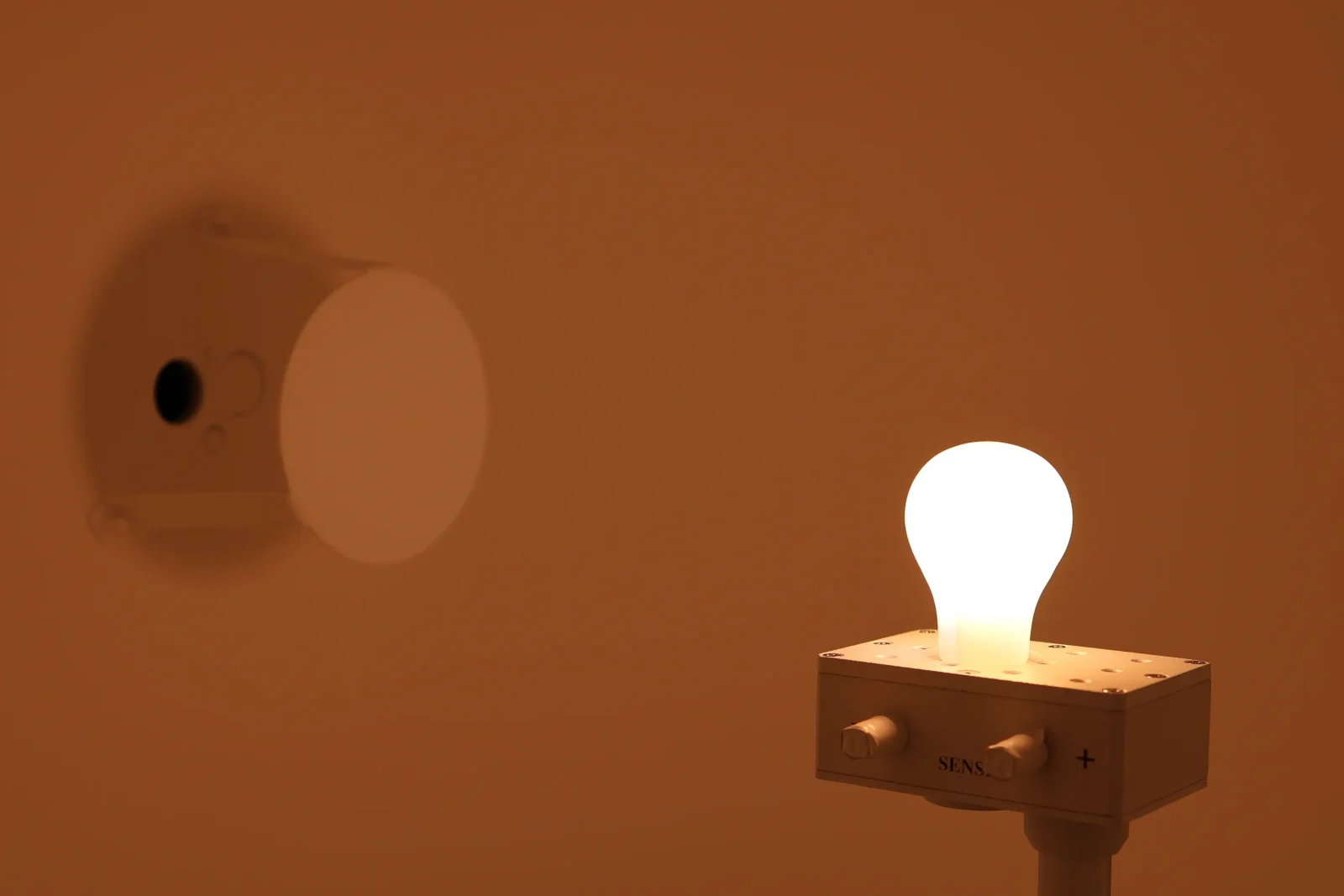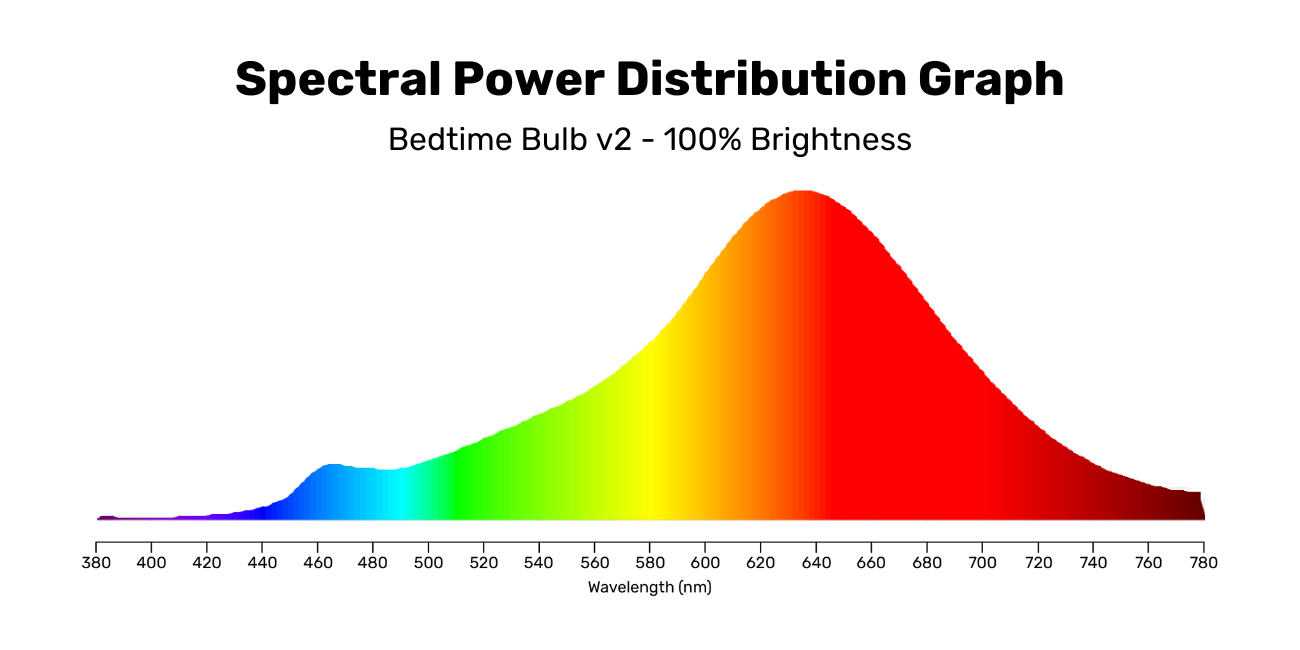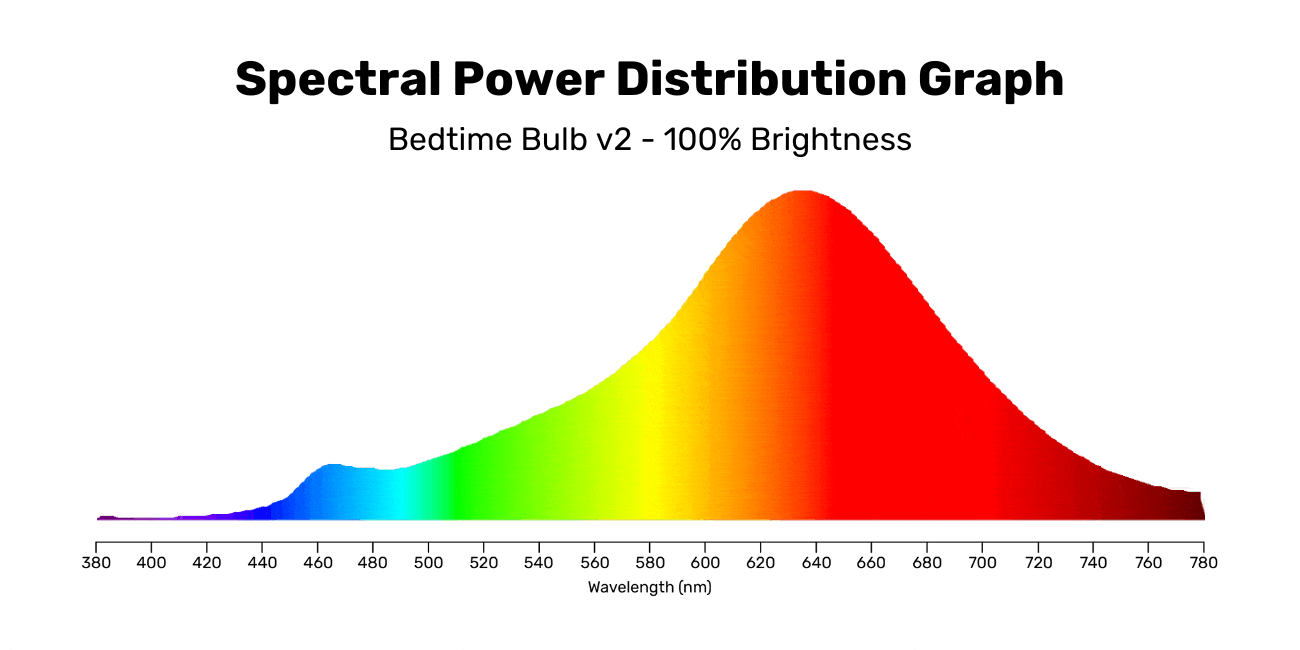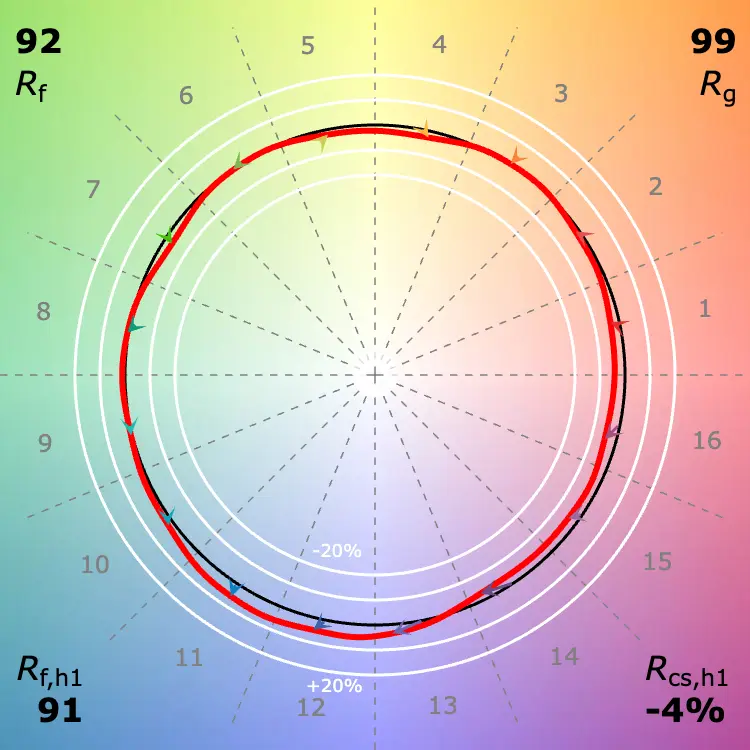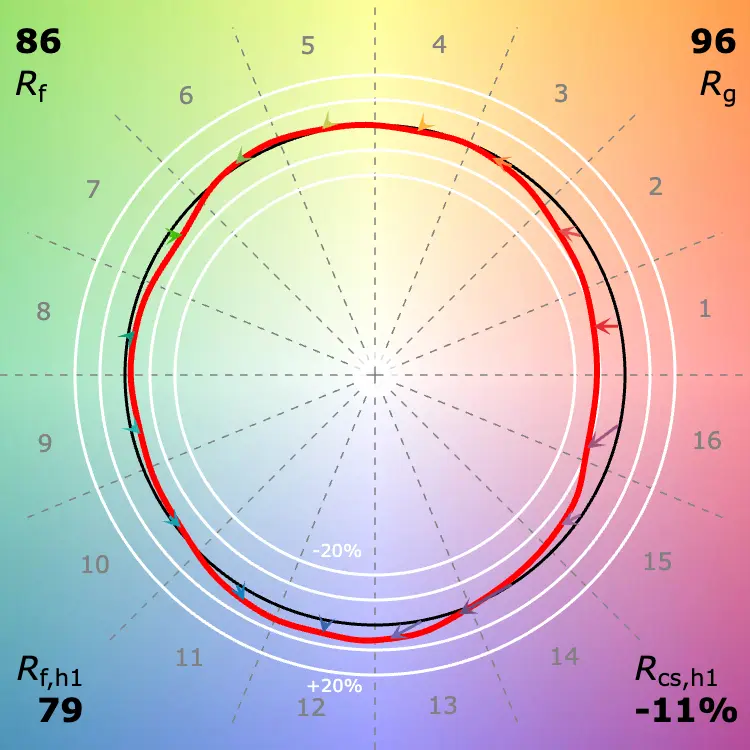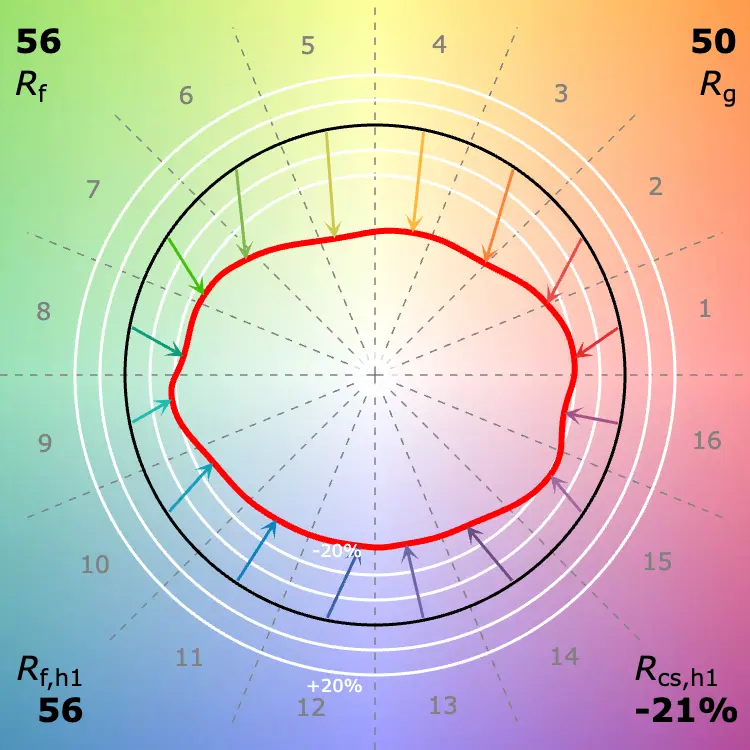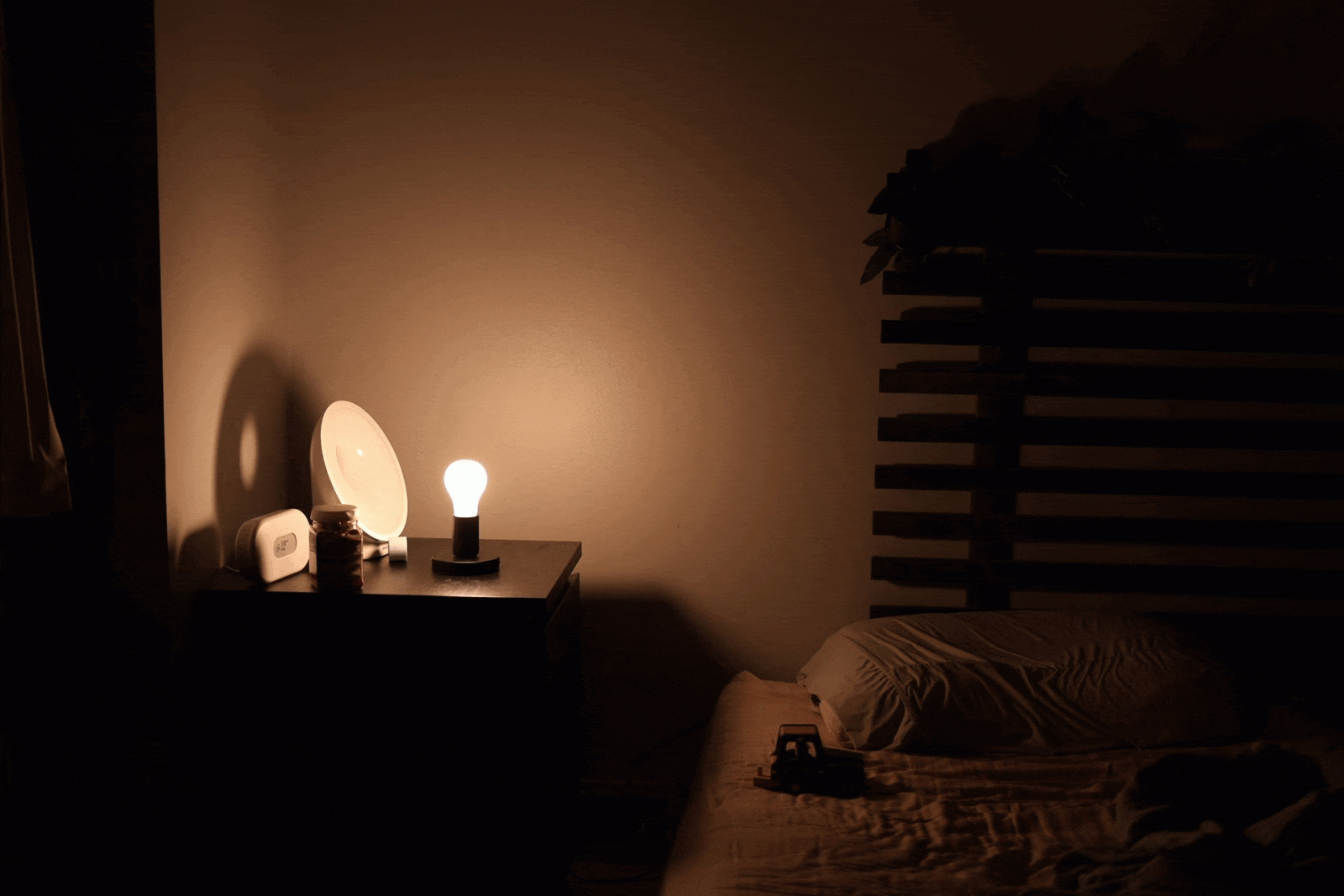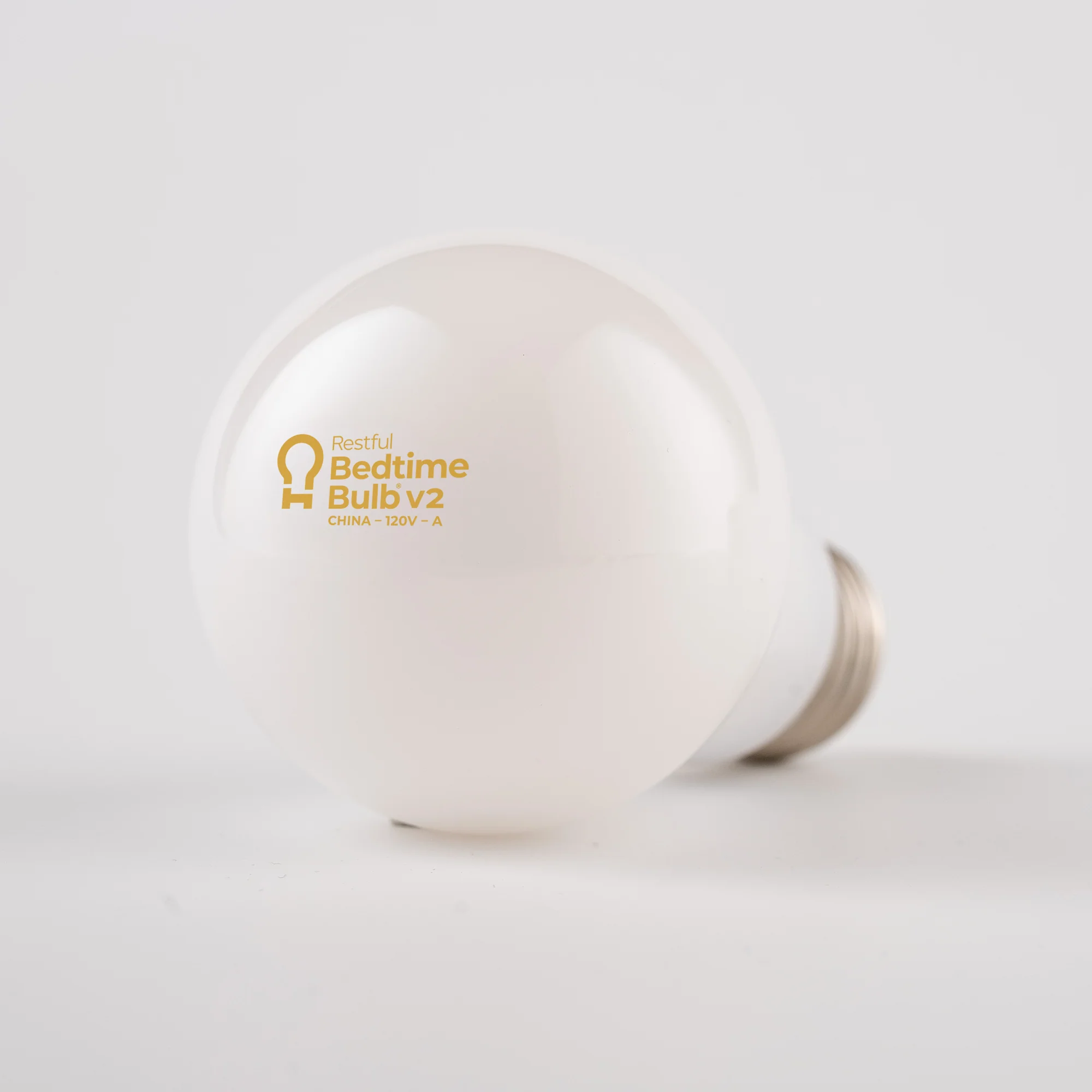The Bedtime Bulb v2 by Restful is out! (for pre-order anyway) And we’re gonna take a close look at what it’s got to offer.
The Overview
The Bedtime Bulb combines LED efficiency with incandescent warmth, delivering high-CRI, full-spectrum infrared light. At max brightness, it emits soft light with minimal blue light, transitioning to a warm, amber glow when dimmed, mimicking firelight.
Nearly flicker-free, it has slight flickering at the lowest settings, barely noticeable. Its classic frosted design radiates light in all directions, making it ideal for a cozy, sleep-friendly ambiance.
Pros
Cons
The Bedtime Bulb v2
The idea behind this bulb is that it combines an LED and an incandescent light. Similar to the NIRA bulb we reviewed, except this one is actually good…
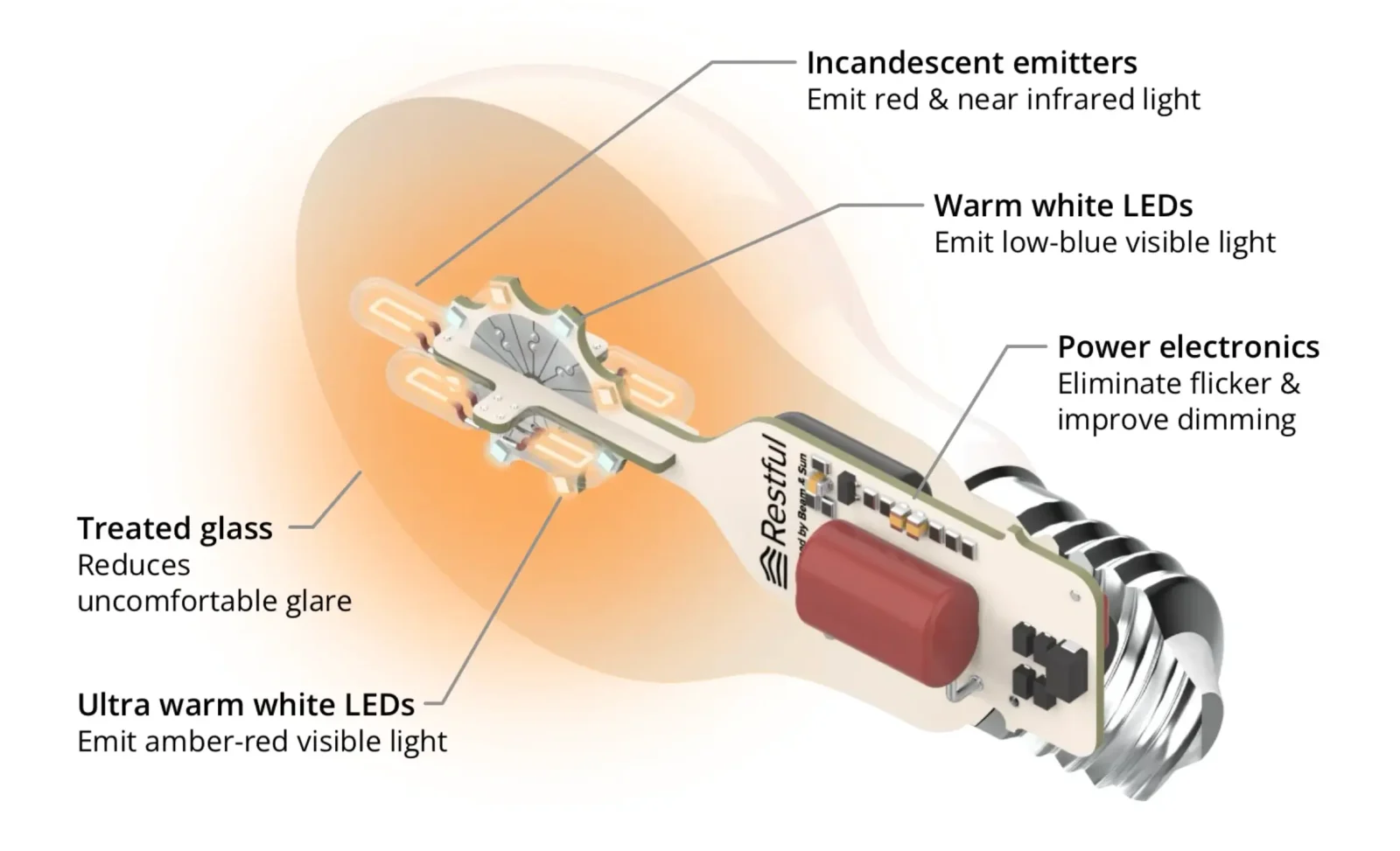
This is intended for use in the evening, before bed, as a replacement for a typical warm LED or amber/red LED bulb.
GIF of off and on. (Restful even went for that classic all-glass frosted incandescent design, which I’m sure wasn’t easy, but it certainly makes for a better glow!)
The Bedtime Bulb starts out as a warm 2100K LED with some full-spectrum infrared from its on-board incandescents. But as you dim it, the LED portion slowly disappears, leaving you with the classic incandescent glow.
This is usually called “Dim-to-Warm”
For me, it’s honestly a perfect combination, as this allows you to have a little bit of blue light earlier in the evening, and you can freely adjust and lower the amount as the night progresses.
It really is a lovely warm glow that’s difficult to capture.
They also advertise “flicker-safe” rather than “flicker-free,” which we’ll discuss as well.
Testing the Bedtime Bulb
Alright! As usual, I have put this through our lab testing so you know exactly what you’re buying.
Spectral Qualities
At full brightness, the Bedtime Bulb emits around 235 lumens, which is quite dim.
The Bedtime Bulb emits a fairly full spectrum 2100K light at full brightness:
As you dim it, however, this shifts:
Color Rendering vs Competitors
The biggest con to using typical traditional warm LEDs or amber sleep lights is poor color rendering. The light just doesn’t feel as nice.
This can also negatively impact certain activities. For example, my wife enjoys crocheting as an evening activity. Using red or amber light makes this problematic because it just doesn’t reflect colors very well.
Here is some TM-30 data to illustrate this point:
The Bedtime Bulb emits a small amount of blue light at full brightness, comparable to the GE Vintage bulb in this example, yet it achieves significantly better color rendering scores. And unlike the GE bulb, it disappears as you dim it.
And the amber bulb is pretty self-explanatory; it’s just horrible!
Infrared
Another feature that sets the Bedtime Bulb apart from other LED lights is that it emits infrared light. Here is the data out to 1700nm:
As you can see, there is a decent amount of broadband infrared A in here, so that may be something you like.
Flicker Testing
Now the flicker! Restful advertises this as “FlickerSafe™ 2.0” but what does this mean?
Well, it turns out that the Bedtime Bulb is pretty much flicker-free, until you dim it. This is because the LED circuit is very low in flicker; however, as you dim it, the incandescent circuit becomes more dominant. Incandescent circuits, due to their power source, are subject to AC fluctuations.
So, once you dim this, it will flicker; however, the bulb is so dim by then that it’s almost impossible to detect on a slow-motion camera, even though it should be visible due to its 120Hz waveform.
And this is nothing out of the ordinary. If you’re a fan of incandescent bulbs, they all exhibit this behavior.
Overall, I don’t think the flicker present while dimmed is anything to be concerned about.
Is Blue Light an Issue?
The elephant in the room is probably that the Bedtime Bulb emits some blue light, and blue light at night is bad, right?
I mean, it can be. However, it’s often not as significant an issue as some people think.
Let’s try to quantify it. Melanopic EDI, a sort of “lux” to measure blue light, should ideally be <10 in the evening according to some standards.
Here is a graph of the m-EDI value for the Bedtime Bulb on full brightness:
As you can see here, it’s best to use this only on full brightness if you’re in a larger room and won’t be sitting near it for a prolonged period. That’s how we use it.
However, this bulb is designed to be dimmed, which is one of its core marketing claims, after all; it’s part of the design.
So what happens if we dim it a little, like we’re supposed to? Well, the blue pretty much disappears. And we transition from a 2100K light to 1600K, more akin to firelight. And of course, the m-EDI drops off a cliff as well:
Phew. Much better! At one foot, it drops below 10 m-EDI, and since you’re very unlikely to be any closer than that. I’d say this passes the test.
Overall Thoughts
The Bedtime Bulb masterfully blends LED efficiency with the nostalgic warmth of incandescent technology, offering a unique lighting experience tailored for relaxation. Its hybrid design delivers a high-CRI, full-spectrum infrared output, distinguishing it from standard narrow-band infrared LEDs.
At maximum brightness, it emits a soft, high-quality light with minimal blue light, maintaining a cozy ambiance without the need for dimming. As you lower the brightness, the bulb transitions to a warm, amber glow reminiscent of firelight, with the incandescent elements enhancing the infrared dominance for a soothing effect.
While there’s slight flickering at the lowest dimming levels due to the incandescent components, it’s barely noticeable and doesn’t detract from the experience. Encased in a classic frosted design, the bulb radiates light omnidirectionally, evoking the timeless charm of traditional incandescents.
The Bedtime Bulb is an exceptional choice for creating a serene, sleep-friendly environment with both aesthetic and functional brilliance.

